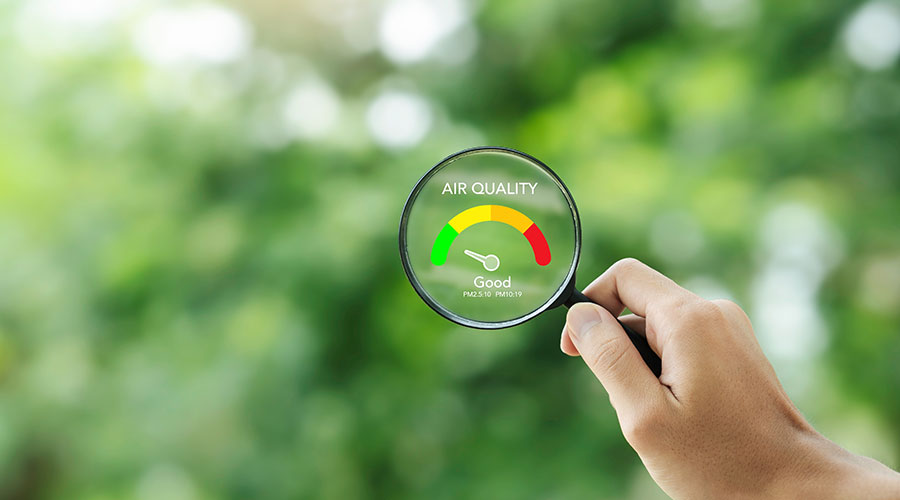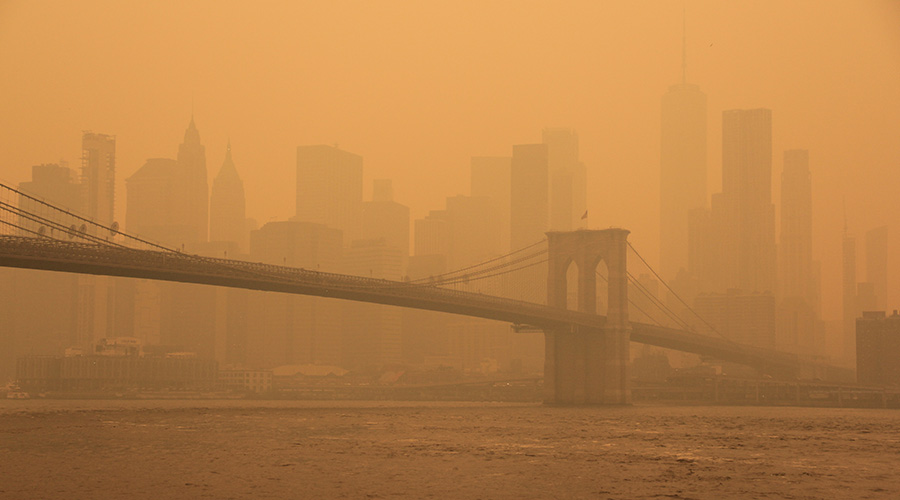Greenguard Certification Programs Offer Guidance for FMs
Facility managers know all too well the results of repainting a conference room or installing new flooring in a heavily trafficked hallway: Complaints ensue. Occupants take issue with odors, or complain of headaches, nausea and more.
Not that the complaints are entirely without warrant. The built environment is increasingly filled with materials that off-gas volatile organic compounds (VOCs).
Mitigating the source of those VOCs is not impossible. New certification standards, including GREENGUARD certification programs, can help. "Ultimately, what we're trying to do is keep things as simple as possible," says Henning Bloech, executive director of the GREENGUARD Environmental Institute (GEI). "Essentially we built a certification program around the standards that already existed."
Via stringent testing, standards and criteria established by leading organizations, GREENGUARD offers a credible certification program that incorporates the most stringent indoor air quality requirements into a single certification. The net result is to reduce the effects of building material choices on indoor air quality and occupant health.
The GREENGUARD Environmental Institute offers multiple certification programs.
Indoor Air Quality. The GEI certification standard for low-emitting products can help facility managers choose touch-up paint, for example, or new office furnishings.
In today's office, furniture has the largest surface area, which means it has the potential to off-gas more than other building components. GREENGUARD certified office furniture can contribute points under LEED for Commercial Interiors, LEED for Existing Buildings and other rating systems.
"Our certification can help facility managers choose furniture or systems made with low-emitting components and materials," says Mandi Joyner, communications manager for GEI. "Controlling the sources of chemical emissions is the most effective way to create healthy indoor environments."
Children & Schools. This stringent standard tests chemical emissions from furnishings and building products used in schools, day care facilities and other sensitive environments. According to Joyner, children and those with compromised immune systems are more susceptible to environmental toxins than adults. Because of this, products are tested to more stringent criteria with significantly lower chemical emissions levels. To account for inhalation exposure in children, a correction factor is applied to current allowable emission levels; similarly, limits on exposure to individual VOCs and total VOC emissions have been added.
Using products with this certification can help gain credits in the Collaborative for High Performance Schools (CHPS) Best Practices Manual for K-12 schools, the LEED rating systems, Green Guide for Health Care, the National Association of Home Builder's Green Building Guidelines, Green Globes, Regreen and other green building programs.
Building Construction. This program certifies multifamily, commercial new construction and extensive renovation projects that follow best practice guidelines for preventing moisture intrusion during design, construction and ongoing operations. Buildings undergo comprehensive evaluations and incorporate a series of steps for preventing moisture and mold growth. This program has been accepted as an ANSI national standard. Registered and certified buildings under this standard protect occupants and owners against mold and moisture problems.
GREENGUARD certification criteria require chemical emissions to be measured at parts per billion levels. Marilyn Black, founder of GEI and the CEO of Air Quality Sciences, one of the GEI's scientific partner organizations, says the standards and tests are based on solid scientific principles and scrutinized by experts in chemistry, product evaluations, toxicology and human health. "GREENGUARD requires manufacturers to demonstrate indoor air quality performance and provide verification," she says. "Manufacturers have to prove their claims."
Savvy product choices that maximize IAQ are vital. It can be difficult for facility managers to know the minutiae about low-emitting products. But by seeking appropriate certifications, facility managers can make well-researched selections.
About the GREENGUARD Environmental Institute
The GREENGUARD Environmental Institute (GEI) is a third-party organization that establishes acceptable indoor air standards for building products. Using those findings, GEI developed the GREENGUARD Certification programs and is an ANSI-authorized standards developer. GEI's mission is to improve public health and quality of life through programs that improve indoor air. Via the organization's certification standards, GEI provides specifying and facility professionals with a resource for low-emitting products. The program evolved out of the original AQSpec List program developed by Marilyn Black and Air Quality Sciences in 1996.
|
Related Topics:













